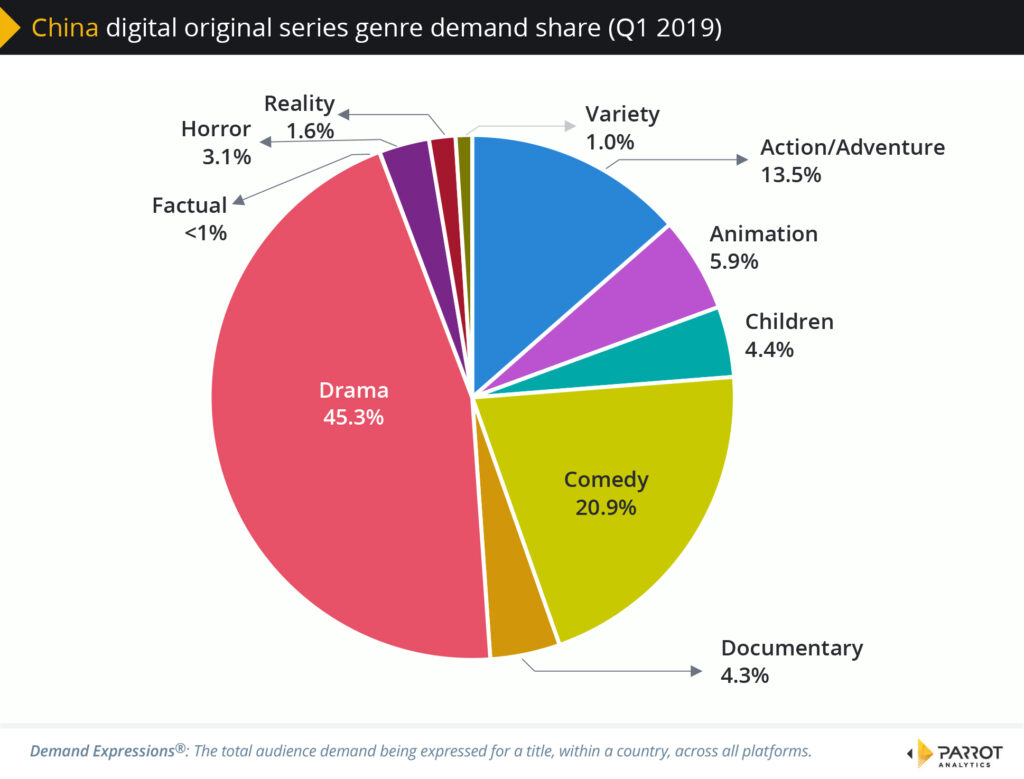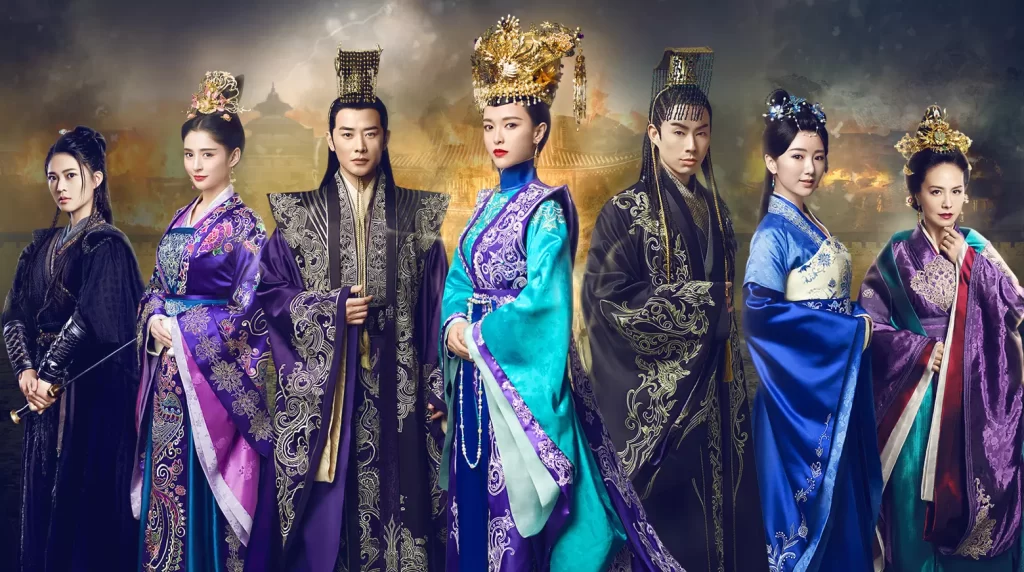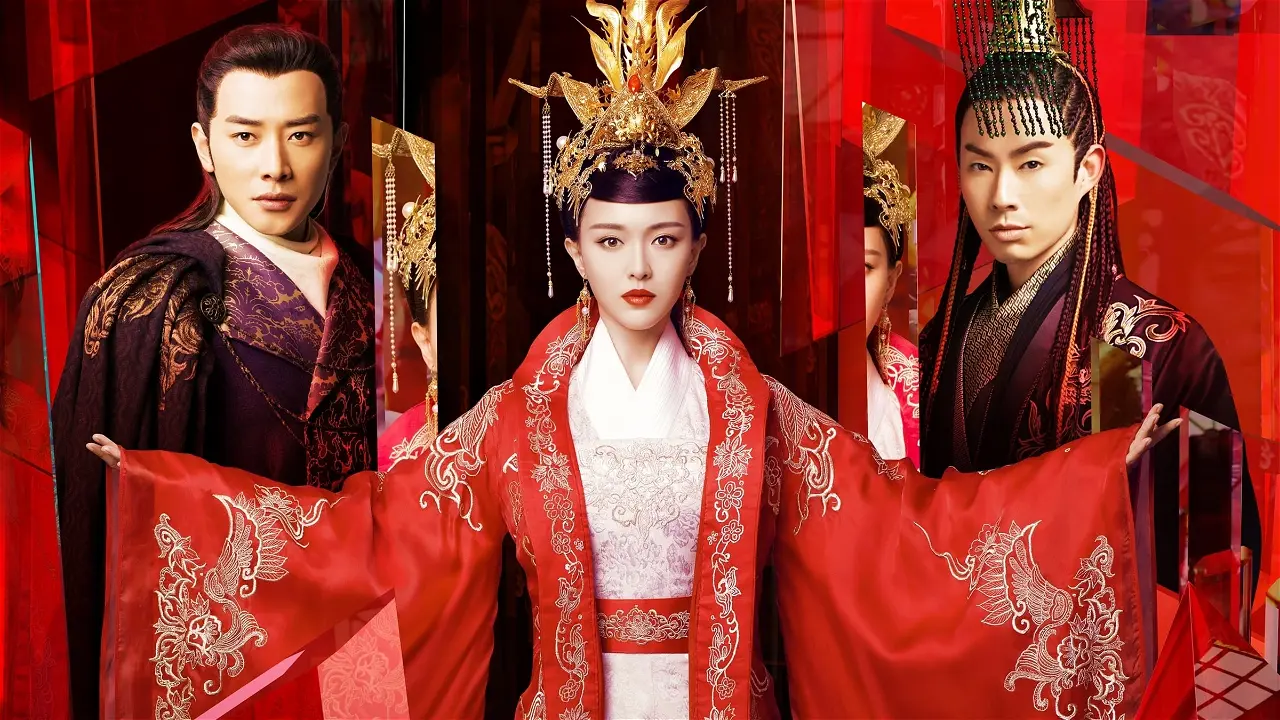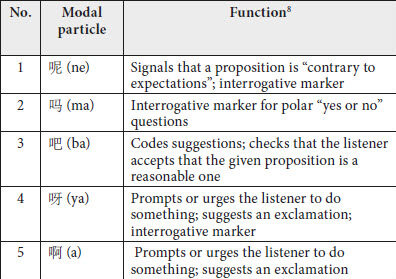Chinese period piece historical dramas, or C-dramas for short, are a genre of television shows produced in greater China and marketed to global and domestic audiences. Emerging mainly from Taiwan, Hong Kong, and Beijing, these series have experienced massive commercial success within mainland China since the beginning of the 1990s, a success that continues to dominate Chinese television to this day. Demand for these shows extends past China’s borders, with Vietnam, Indonesia, and the Philippines, as well as Brazil and America, consuming progressively larger levels of C-dramas. With great demand comes great influence, and C-dramas are no exception, especially when considering how important mass media has become in shaping the imaginings of a nation. This will examine how mainland Chinese historical dramas manufacture ideas of what it means to be Chinese and the consequences of these imaginings.

One notable feature of C-dramas that raises questions is the strict use of Beijing Mandarin. None of the dialogue for the shows is recorded on set, instead taking place months later in post-production. This practice is likely carried out to bolster the image of Mandarin as the national language of China, imagining a history where Mandarin has been the dominant language since the Qin dynasty, but can also be chalked up to wanting to reach as broad of an audience as possible by using a world language. What is puzzling is that during these post-production dubbing sessions, the show’s producers did not choose to release an English dub as well, especially considering the international markets the show reaches. Mexican soap operas, Japanese Anime, and other examples of globally consumed media frequently release dubs of their TV shows. One answer for why no dub exists is that part of the C-drama appeal is that you can only watch in Mandarin. When viewers who don’t speak mandarin watch the show, a guise of authenticity is raised by the producers, placing those who “know” on one side, and those who don’t on the other. What is being heard becomes a part of the gimmick or appeal, another form of cozy ethnicity.
When we write, be it a conscious or unconscious decision, we are writing for an audience, and this audience shapes how we present our ideas. Because C-dramas are so popular across such a diverse range of people, there is no one common denominator to classify those consuming, instead leaving us with a few categories of consumers, one such being those who desire to engage with Chinese culture through the shows. Through a process known as mapping, viewers will ascribe specific artistic and cultural elements onto the idea of the Chinese Nation-state and vice versa. Although mapping is typically used in a musical context, elements of music, visual art, and film overlap in such ways that this definition has interdisciplinary potential. For instance, a C-drama viewer may appreciate the over-the-top plot lines prevalent in the genre and, in turn, appreciate China as a nation, or a would-be viewer may dislike China and, in turn, dislike the dramatic plot points they associate with Chinese television. Being able to control what is associated with China as a nation is a powerful tool, but it is easier said than done, so C-drama writers have not tried to reimagine Chinese stereotypes, instead content to give viewers a picture reinforcing what they already believe.

International audiences are not alone in their desire for a digestible, “cozy” portrayal of culture. Diasporic and domestic Chinese audiences are also large consumers of C-dramas because of the lack of questions they raise. Ethnically marginalized Chinese groups can look at these digestible depictions of culture and fall into a sense of belonging, sterilized of their contentious elements. C-dramas emerging from mainland China do not sport themes of civil unrest or the consequences of war. When a conflict occurs, we see only how the people in power are impacted. The last 150-200 years was a period of extreme cultural trauma in greater China. As people come to terms with this past, what was, is, and will be remembered or forgotten from the pre-colonial era, where C-dramas always take place, provides a dynamic definition of what it means to be Chinese.
What is lost when what defines Chinese culture is manufactured through media and meant to appeal to the largest audience possible? C-dramas are a mostly harmless enterprise after all, and the consequences of cultural commodification pale in comparison to the horrors of everyday life. Herein lies an answer to this question: when the portrayal of Chinese history is scrubbed of local perspective in exchange for a homogenized, marketable past, so are the actual consequences faced by the majority. When the usurpers at court are finally thrown out and sent away in shame, we miss the millions who were casualties of war despite having no personal stake in it. The Chinese Dynasties of the past were, by modern standards, absolute monarchies, capable and frequent vehicles of extreme violence as a means to maintain power. As C-dramas gain popularity, continuously adapting strategies to reach broader audiences more effectively, imaginings of the current Chinese nation become conflated with the representation of a past China that never was.



